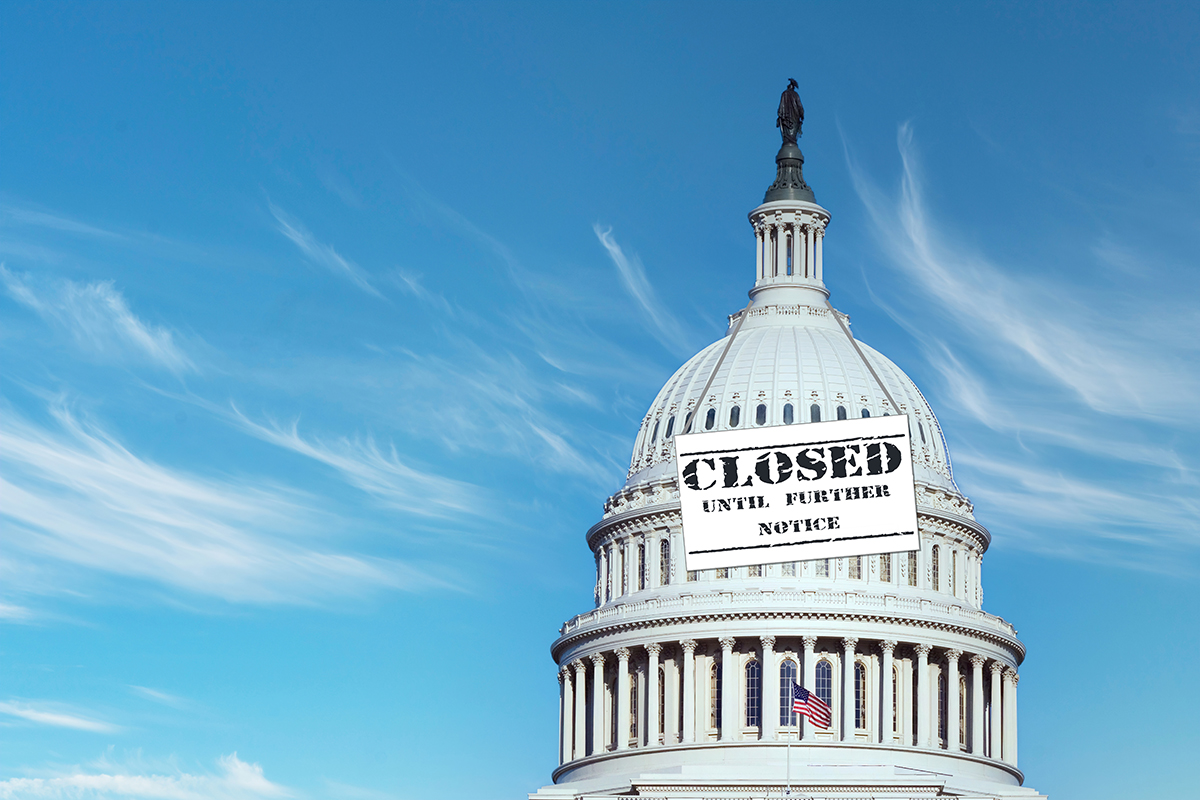Government shutdown becomes longest in history: Is there an end in sight?

On November 5, the government shutdown entered its 36th day, making it the longest in U.S. history. Congress has been unable to reach a funding agreement, causing many government services to be paused or reduced and thousands of federal employees to be furloughed and miss their paychecks. As the shutdown stretched into November, several new pressure points went into effect, providing even more motivation for Congress to come to an agreement and reopen the government.
One of the key Democratic demands in the shutdown debate deals with extending Affordable Care Act (ACA) enhanced premium subsidies that are set to expire at the end of the calendar year. On November 1, the open‐enrollment period for 2026 coverage through the ACA marketplaces opened, and many people saw large increases in their rates, as predicted by Democrats. Additionally, USDA announced that because of the ongoing shutdown, there were insufficient funds to pay full SNAP benefits for November with dozens of states indicating that they might not be able to meet the funding shortfall and could see reductions and delays in food assistance benefits. Finally, the Federal Aviation Administration (FAA) announced that, because of staffing pressures among air-traffic controllers, it will require airlines to reduce domestic flight operations at 40 high-traffic U.S. airports, creating significant travel uncertainty just as we approach the Thanksgiving travel season.
After weeks of limited negotiations and 14 failed votes to fund the government with a continuing resolution (CR) through November 21, there does appear to be some movement around a potential deal. A bipartisan group of senators has been negotiating a plan that would reopen the government with another short-term funding measure through December or early 2026. The deal would also include moving forward with three funding bills—Agriculture, Military Construction, and Legislative Branch—and a future vote on extending the ACA premium subsidies. While this effort indicates progress, the shutdown end is not yet in sight as neither the House nor President Trump have weighed in on the plan.
Text © . The authors. CC BY-NC-ND 4.0. Except where otherwise noted, images are subject to copyright. Any reuse without express permission from the copyright owner is prohibited.











